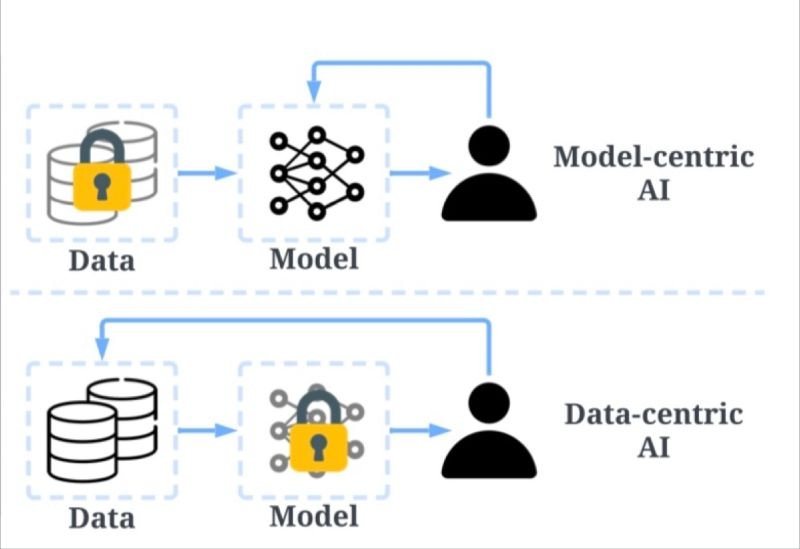Valence Blog
Comparing Emotion Processing Modalities
In the evolving landscape of artificial intelligence (AI), the ability to recognize and understand human emotions has emerged as a critical frontier. Emotion classification, the process of identifying and categorizing human emotions, plays a pivotal role in applications ranging from customer intelligence to accessibility to mental health support.
Researchers Show Emotion AI Can Match Human Emotional Perception
Emotions are difficult to understand, even for humans. Because of this, building AI systems to accurately identify emotions is also a hard problem to solve. Many things can factor into how someone reads another person’s emotions: tonality, facial expression, context, words said, nonverbal cues, etc.
Empowering Diversity in Data-Centric AI
Data is king. At Valence Vibrations, we follow the view of Andrew Ng’s data-centric AI in building robust systems based off a strong data engineering foundation.
Tonal Analysis in Machine Learning: Understanding the Science and History
Tonal analysis in machine learning has emerged as an essential tool for extracting valuable insights from vast amounts of audio and text data.
Affective Computing: The Evolution of Emotionally Intelligent Technology
Affective computing is a multidisciplinary field that merges computer science, psychology, and neuroscience which has emerged as a groundbreaking area of research with the potential to revolutionize the way we interact with technology.





